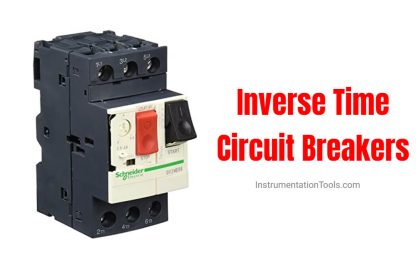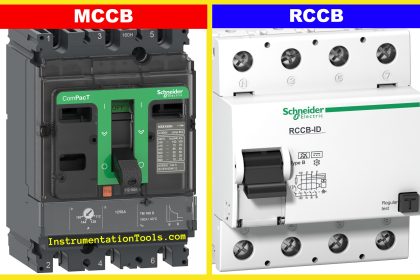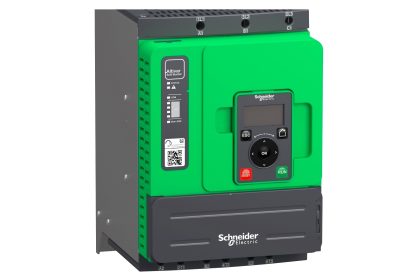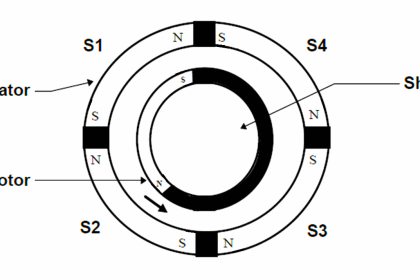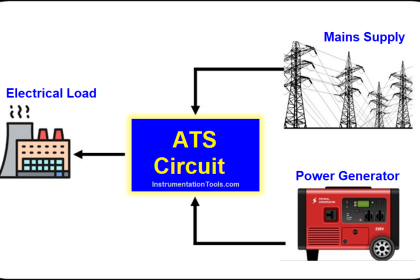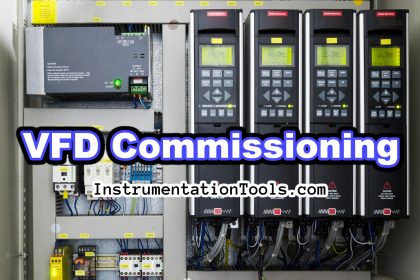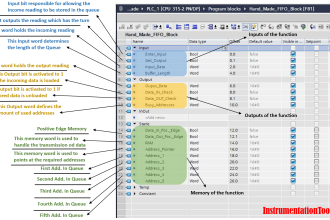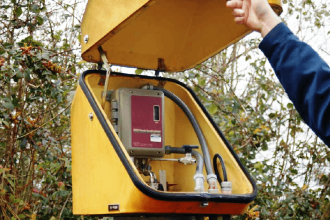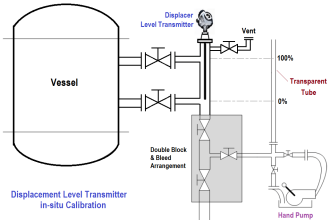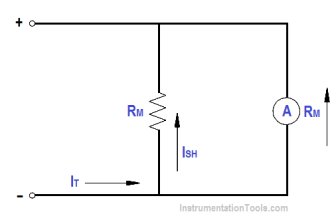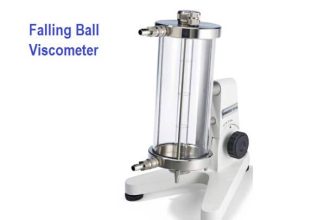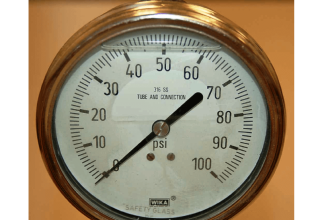In this article we will talk about Hazardous areas in industrial processes, what are their classifications, and how the selection of electrical equipment is affected by hazardous areas.
Contents:
- What is a hazardous industrial area?
- Common examples of hazardous industries.
- Hazardous area zone classification.
- Electrical equipment selection in hazardous areas.
- The Ingress Protection or IP rating.
- Typical Types of Rated Electrical Equipment for Hazardous Areas:
- Intrinsically Safe devices (IS)
- Explosion Proof (XP)
What is a Hazardous Industrial Area?
A hazardous industrial area is a space in which an explosive atmosphere(flammable gases or vapors, combustible dust, flammable liquids, ignitable fibers, etc.) Is or may be expected to be present or form, in quantities such as to require special precautions for the construction, installation, and use of apparatus.
Electrical equipment within the hazardous area must be suitably rated and effectively earthed to ensure that any ignition risks are adequately controlled.
Special precautions are required for the construction, installation, and use of potential ignition sources, as fire and explosion, can result in catastrophic consequences for people and property.
Common Examples of Hazardous Industries
Some of the common examples of industrial hazards are mentioned below.
Flammable liquids, vapors, and gases
- Chemical plants
- Paint warehouses and manufacturers
- Sewage treatment plants
- Oil recycling facility
- Fiberglass and glass manufacturers
- Gas manufacturing and processing plants
- Gas storage and dispensary
Combustible Dust
- Industrial bakeries
- Flour mills
- Sawmills
- Fertilizer manufacturing and storage
Hazardous Area Zone Classification
The Zone system of hazardous area classification, defines the probability of the hazardous material, gas, or dust, being present in sufficient quantities that can generate explosive or ignitable mixtures.
See picture 1 which shows the hazardous area zone classification based on hazardous gas release grade. There are three zones, Zone 0, Zone 1, and Zone 2.
Depending on the presence of combustible dust or ignitable fibers, the hazardous area is classified into three zones: Zone 20, Zone 21, and Zone 22.
In both the above zone classification, the probability of explosion severity reduces when we move from zone 0 (or zone 20) to zone 2 (zone 22).
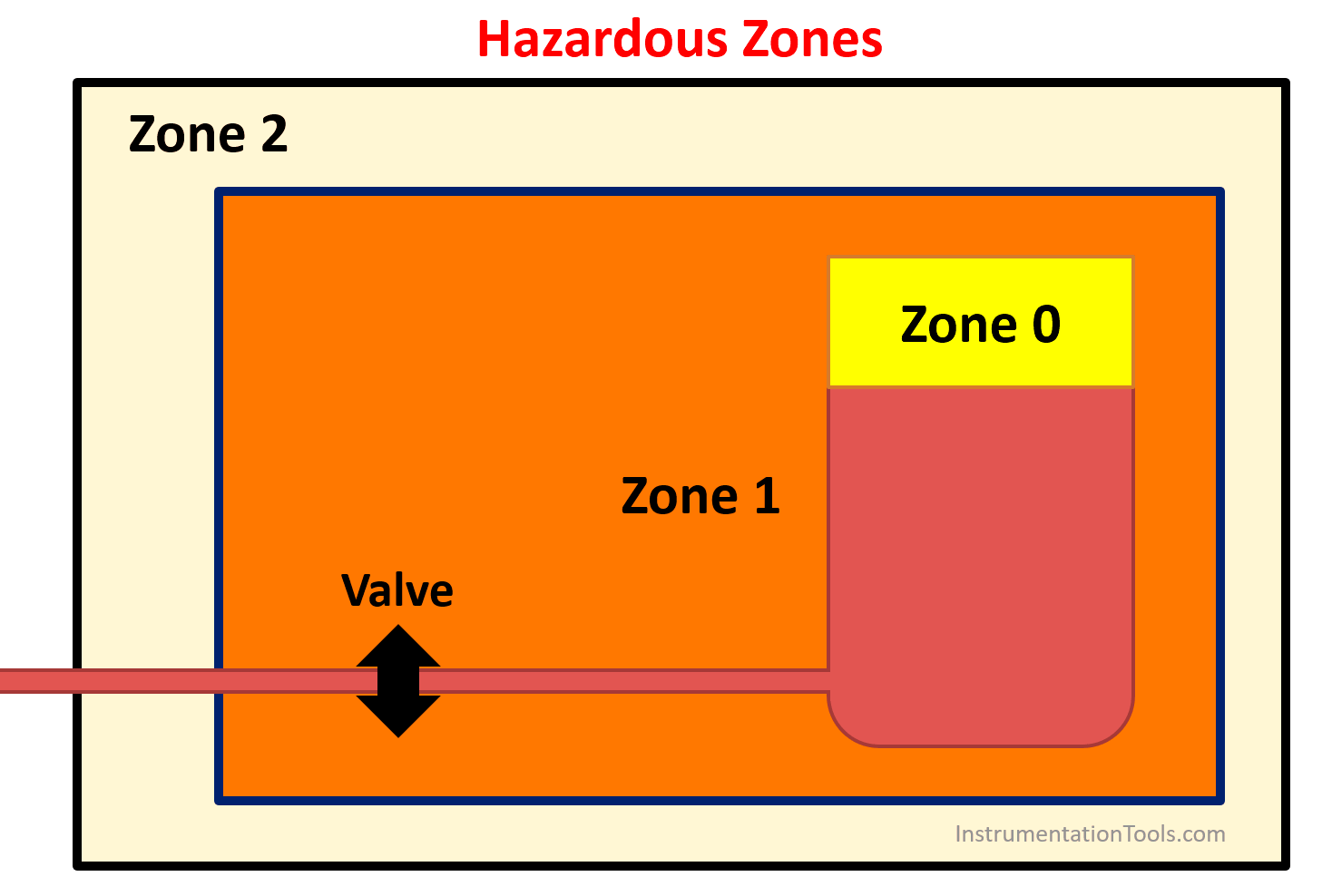
Zone classification is influenced by ventilation degrees. Poor ventilation may push the zone higher by one level. Adequate Ventilation is defined as ventilation sufficient to avoid a flammable atmosphere within a sheltered or enclosed area. This will normally be achieved by a uniform ventilation rate of 12 air changes per hour with no stagnant areas.
It is worth mentioning that, some national standards like National Electrical Code (NEC) and the Canadian Electrical Code (CEC) define a hazardous Division instead of zones, they approve the classification of 2 divisions, where Division 1 is equivalent to zone 0 or zone 1, and Division 2 is equivalent to zone 2. See the following table.
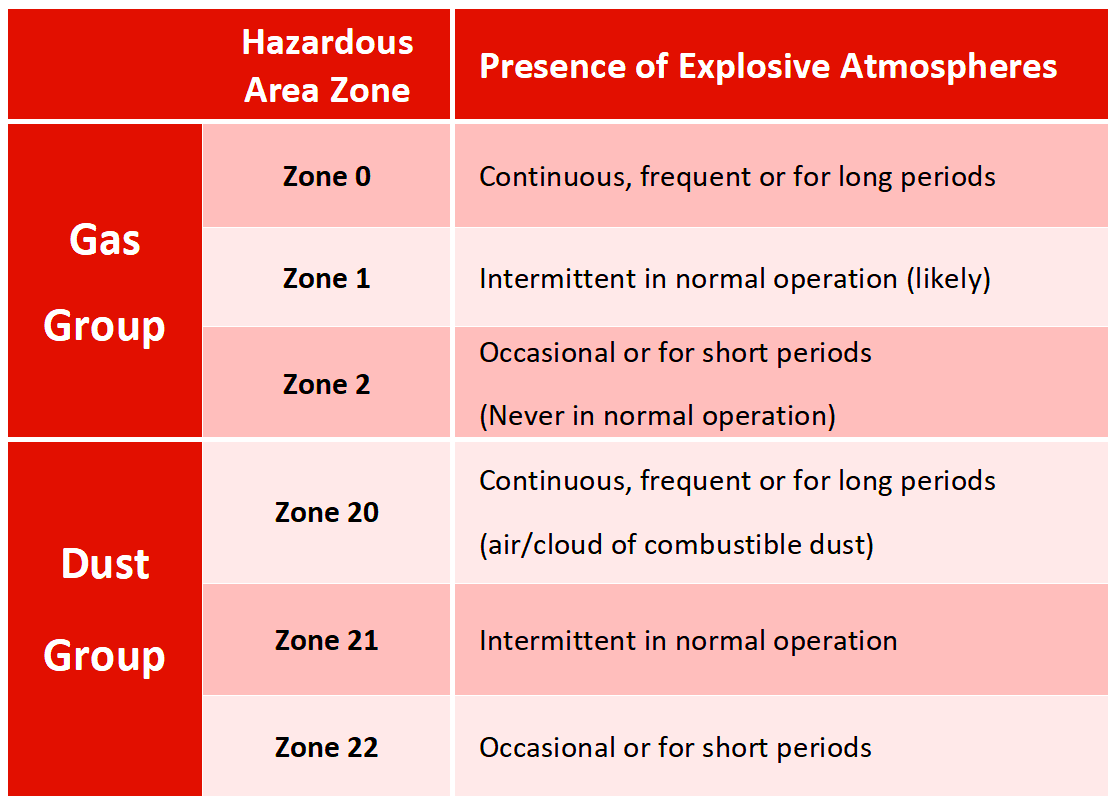
Electrical Equipment Selection in Hazardous Area
Electrical equipment installed in hazardous locations can provide an ignition source, due to electrical arcing, or high temperatures. So they must be properly selected.
A light switch may cause a small, harmless spark when switched on or off. In an ordinary household, this is of no concern, but if a flammable atmosphere is present, the arc might start an explosion. The same goes for a pressure switch or a proximity sensor in an industrial process, the switching manner of the sensor might cause an arc that could start an explosion.
That is why Once the Hazardous Area classification of a facility is determined; it is used as a basis for selecting suitable electrical equipment. To reach the intended level of safety, equipment must then be installed correctly, operated within its design envelope, and maintained adequately.
As a general policy, electrical equipment should not be located in a hazardous area if it is possible to place it in a non-hazardous area, nor should be placed in Zone 1 if it can be placed in zone 2.
The installation and maintenance requirements for electrical equipment in Zone 1 locations are more stringent than for Zone 2 locations and Zone 0 are more stringent than Zone 1 locations.
The Ingress Protection or IP Rating
Ingress of moisture or other material could affect electrical equipment and cause it to break down electrically and possibly cause arcs and sparks which could be possible sources of ignition. Also, personnel protection is required against contact with internal live or rotating parts inside the enclosure, and to the apparatus against ingress of solid objects, dust, etc.
The IP rating (or International Protection Rating, sometimes also called Ingress Protection Rating), the first digit indicates the level of protection the fixture provides its internal parts (electrical and moving parts) from the ingress (interaction or contact) of solid foreign objects (like dust). The second digit indicates the protection of the equipment inside the fixture against harmful ingress (contact) with water.
Examples of IP Rating
- IP44 is protected against solid objects greater than 1mm (0.04 inches) and liquid sprays from all directions.
- IP64 is protected against liquid sprays from all directions.
Typical Types of Rated Electrical Equipment for Hazardous Areas
Intrinsically safe and explosion-proof describe the most common methods of ensuring that equipment can be used in Hazardous Areas.
Intrinsically Safe (IS)
Intrinsically Safe equipment is defined as “equipment and wiring which is incapable of releasing sufficient electrical or thermal energy under normal or abnormal conditions to cause ignition of a specific hazardous atmospheric mixture in its most easily ignited concentrations.”
This basically means that the equipment, by design, does not have the needed power to pose an ignition threat to any nearby ignitable hazardous elements. This is common in controls and low-power passive electrical devices. Examples include devices like NAMUR PROXIMITY SENSORS

Explosion Proof (XP)
Explosion-proof equipment is defined as “equipment and wiring which is designed to be sealed and rugged, such that it will not ignite a hazardous atmosphere despite any sparks or explosions within.”
This differs from intrinsically safe in that there is a possibility for sparks or explosions, but that it will be contained. This is often used for equipment that requires enough power to be ignitable and is a more costly solution compared to intrinsically safe equipment. See Picture 3.
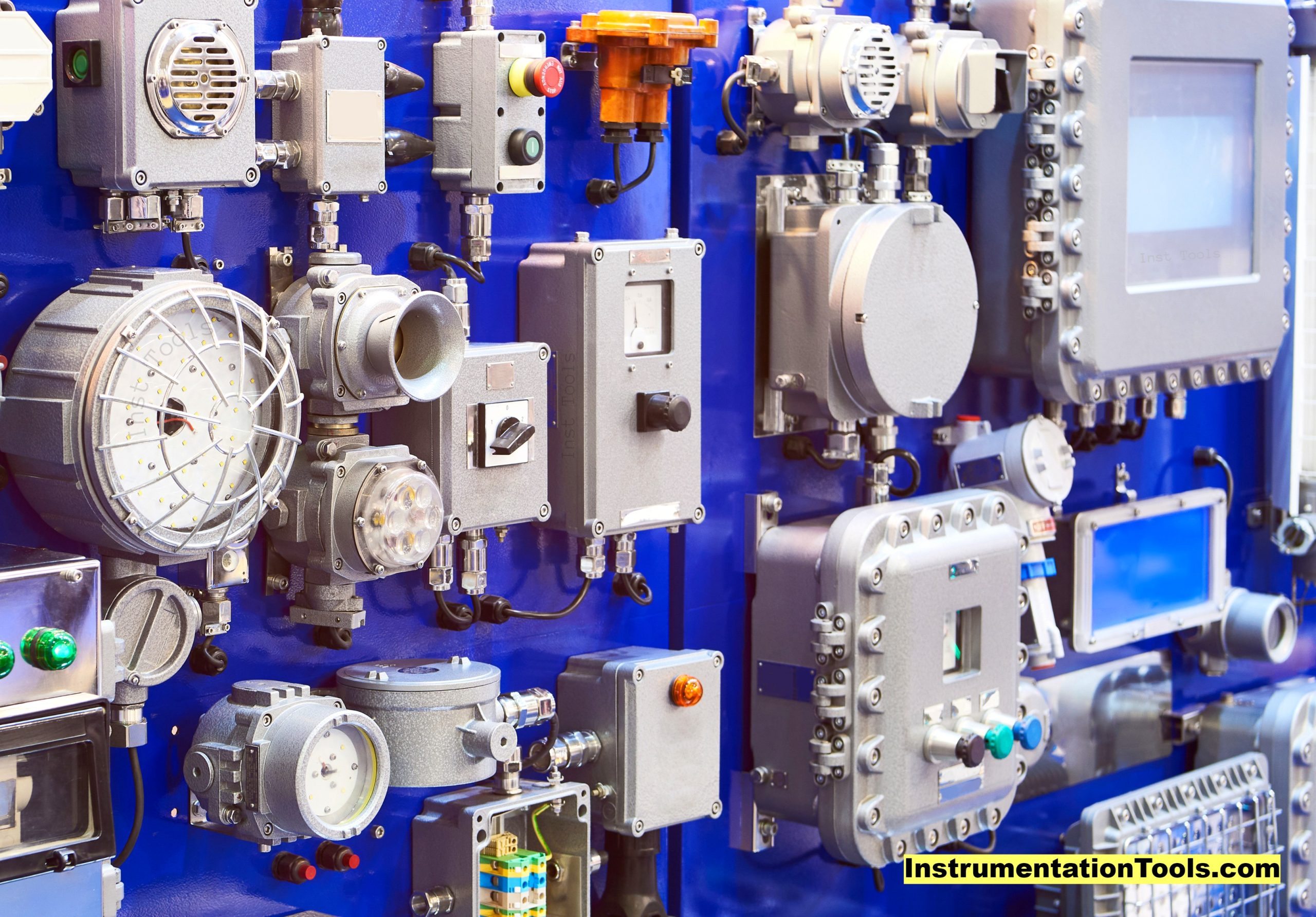
Conclusion
- Hazardous areas are classified for gas release into Zone 0, Zone 1, and Zone 2.
- A hazardous area is classified for combustible dust or ignitable fibers into Zone 20, Zone 21, and Zone 22.
- Some electrical equipment can pose a fire or explosion risk in hazardous areas due to sparks generated by switching manner or due to the heat of electrical equipment.
- Special electrical equipment should be selected and installed in hazardous areas, Like: intrinsically safe devices of explosion-proof equipment.
If you liked this article, then please subscribe to our YouTube Channel for Instrumentation, Electrical, PLC, and SCADA video tutorials.
You can also follow us on Facebook and Twitter to receive daily updates.
Read Next:

